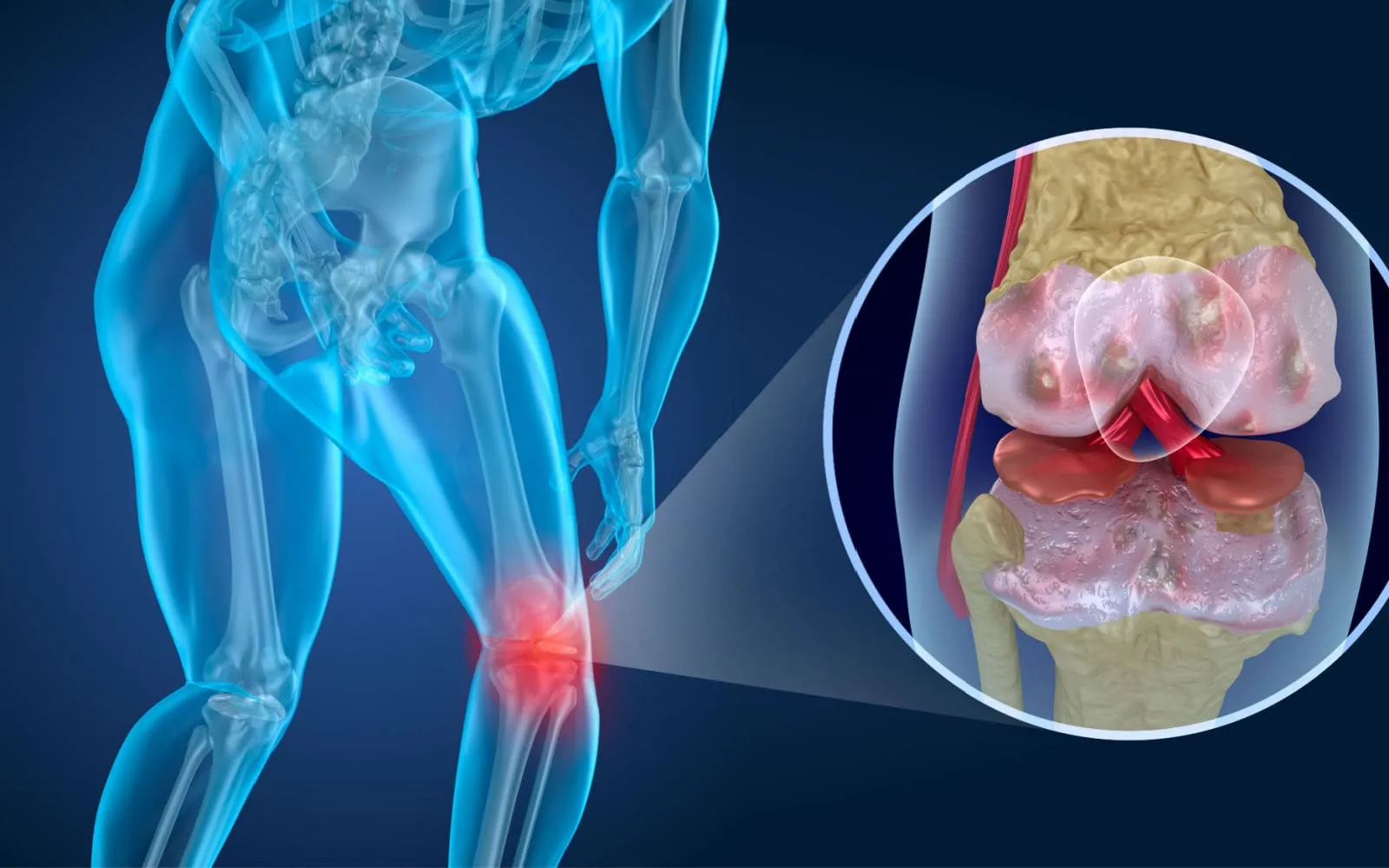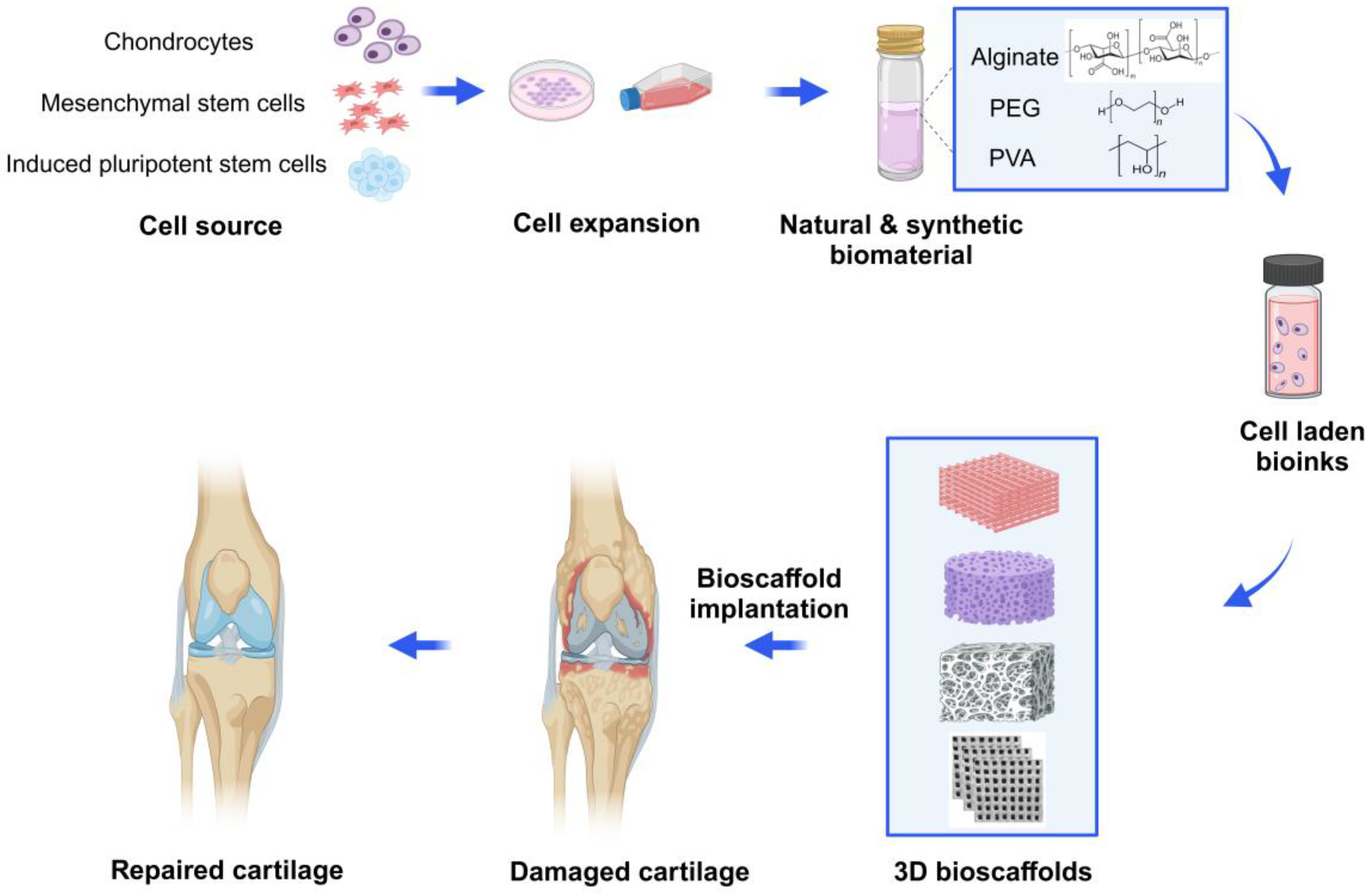
Source
Cartilage is a material that is both strong and flexible, like a slightly hard sponge, composed mainly of collagen, a protein that gives it strength, and water, which gives it elasticity. Cartilage is part of structures such as the nose, ears and trachea, providing them with support and flexibility and acting as a kind of cushion, protecting the bones from impacts.
El cartílago es un material que es a la vez fuerte y flexible, como una esponja un poco dura, compuesto principalmente de colágeno, una proteína que le da resistencia, y de agua, que le proporciona elasticidad. El cartílago forma parte de estructuras como la nariz, las orejas y la tráquea, proporcionándoles soporte y flexibilidad y actúa como una especie de cojín, protegiendo los huesos de los impactos.
One of its most important functions is to act as a natural shock absorber, reducing friction between bones and allowing for smooth movement. Those of us who are already greying are well aware of this function of cartilage and know that, over time or due to overload, cartilage can wear down, leading to osteoarthritis.
Una de sus funciones más importantes es actuar como un amortiguador natural, reduciendo la fricción entre los huesos y permitiendo un movimiento suave. Los que ya peinamos canas conocemos bien esta función del cartílago y sabemos que, con el paso del tiempo o por sobrecarga, el cartílago puede desgastarse, lo que lleva a la artrosis.

Source
Recently, a group of researchers from Northwestern University and Wisconsin-Madison University have developed an innovative biomaterial that promotes the growth of high-quality joint cartilage. This material uses a combination of chemically modified hyaluronic acid and bioactive peptides that mimic the natural structure of cartilage.
Recientemente un grupo de investigadores de las universidades de Northwestern y Wisconsin-Madison ha desarrollado un biomaterial innovador que promueve el crecimiento de cartílago articular de alta calidad. Este material utiliza una combinación de ácido hialurónico modificado químicamente y péptidos bioactivos que imitan la estructura natural del cartílago.
This process creates a kind of “scaffold” that attracts cells from the body itself, facilitating the regeneration of hyaline cartilage, a type of tissue essential for the proper functioning of the joints. In addition, the components of the biomaterial stimulate these cells to produce essential components of cartilage, such as collagen and proteoglycans.
Este proceso crea una especie de “andamio” que atrae células del propio organismo, facilitando la regeneración del cartílago hialino, un tipo de tejido esencial para el funcionamiento adecuado de las articulaciones. Además, los componentes del biomaterial estimulan a estas células a producir los componentes esenciales del cartílago, como el colágeno y los proteoglicanos.

Source
This biomaterial promotes the growth of new cartilage with mechanical and biochemical properties very similar to native cartilage, which could avoid the need for more invasive surgeries, such as total knee replacement, in many cases. The regenerated cartilage could have greater durability and resistance to wear, compared to other treatments.
Este biomaterial promueve el crecimiento de nuevo cartílago con propiedades mecánicas y bioquímicas muy similares al cartílago nativo, lo que podría evitar la necesidad de cirugías más invasivas, como el reemplazo total de rodilla, en muchos casos. El cartílago regenerado podría tener una mayor durabilidad y resistencia al desgaste, comparado con otros tratamientos.
Although the results in animal models have been very promising, further studies are still needed to evaluate the efficacy and safety of the biomaterial in humans. If successful, this breakthrough opens the door to new possibilities in the treatment of joint injuries and diseases. It could significantly improve the quality of life of millions of people who suffer pain and disability due to cartilage wear.
Aunque los resultados en modelos animales han sido muy prometedores, aún se necesitan más estudios para evaluar la eficacia y seguridad del biomaterial en humanos pero, si lo consiguen, este avance abre la puerta a nuevas posibilidades en el tratamiento de lesiones y enfermedades articulares. Podría mejorar significativamente la calidad de vida de millones de personas que sufren dolor y discapacidad debido al desgaste del cartílago.
More information/Más información
https://www.mdpi.com/2310-2861/10/7/430